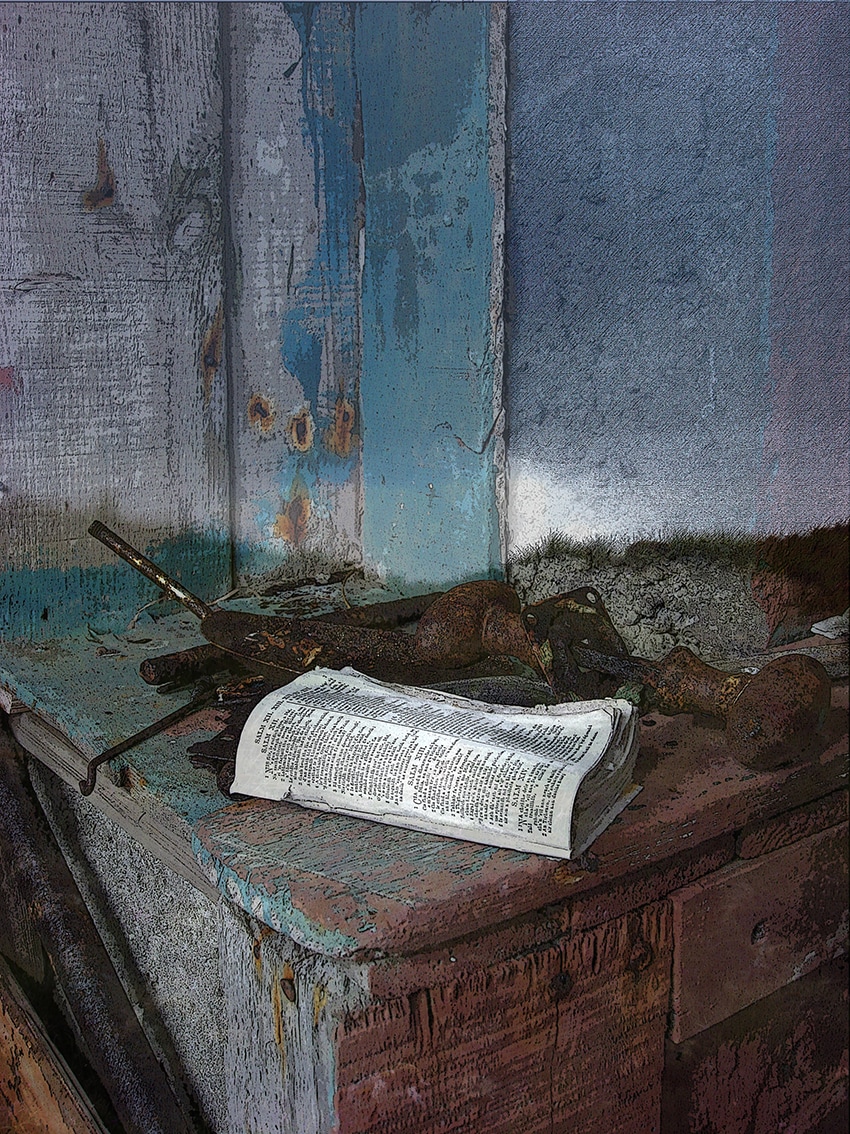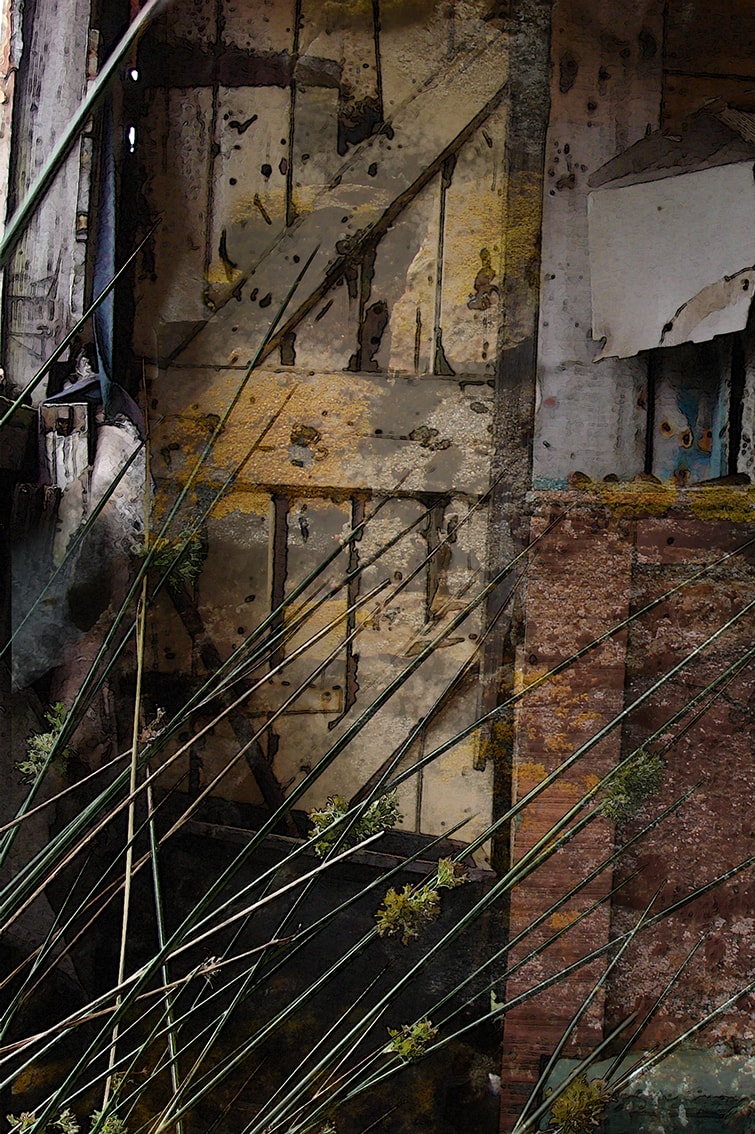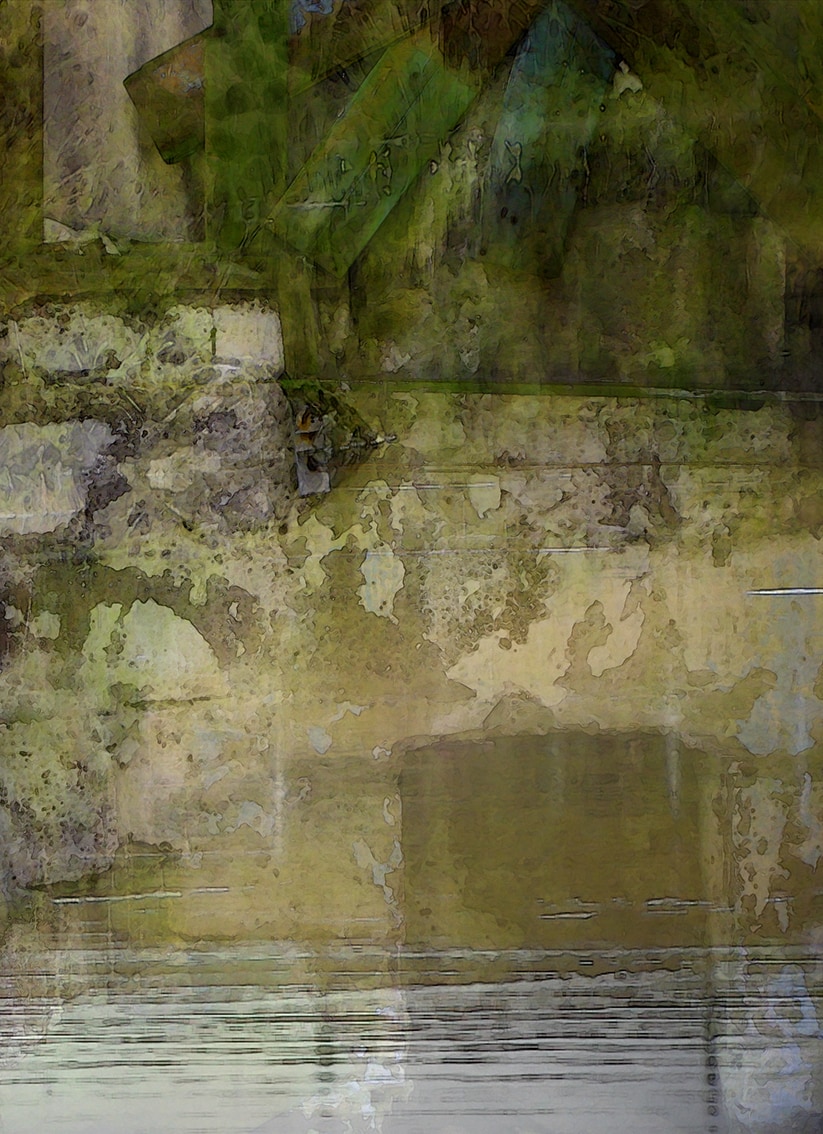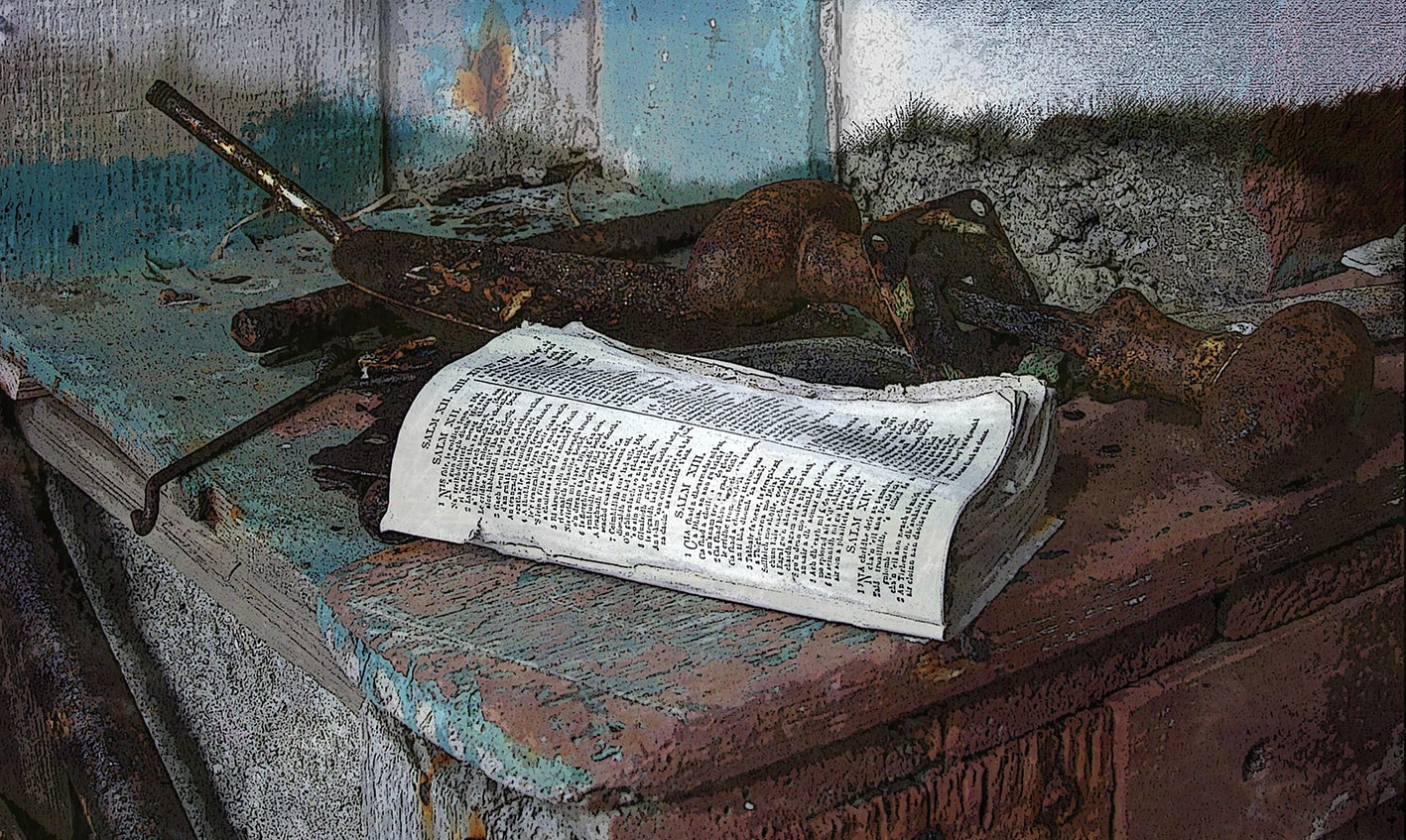
Human History
For many islanders the moor is a part of their soul. This is especially true for those of us who spent our childhood summers out at the àirighean (sheilings). Spending summer at the àirigh was a vital part of survival on the land for past generations; young women and children took the cattle out to the moor to graze for the summer months so that the village grazing could be grown for winter feed and the crofts planted with crops. Each village had its own moorland geàrraidh (the word literally means a garden, but really means a summer pasture) where families built their àirighean of dry stone, thatched with rushes. It was well known that a summer spent on the moor was efficacious to both physical and mental health and some families continued the practice long after it ceased to be agriculturally necessary. I consider myself privileged and enriched in having spent all my childhood summers in this way. I grew up with a knowledge and understanding of the moor which was engendered by being a living part of it myself.
However, I belong to the last generation to gain this insight. Times have changed and the airighs lie in ruins. There are now those both islanders and visitors who find the moor a desolate place. This view was at the heart of a proposal by AMEC and British Energy to build a massive 600 megawatt wind factory on the Lewis peatlands. There were massive protests by local people, as well as by the RSPB and Scottish Natural Heritage, on the grounds that large scale developments in such a fragile and important peatland would cause huge and irreversible damage to the area, altering the water pattern and the soil make-up, as well as causing the permanent loss of important habitat for wildlife. On that occasion the protesters won the day and the AMEC proposal was refused, but there are now new proposals for even larger turbines. Once again, fragile wilderness areas of Lewis are under threat of destruction.



